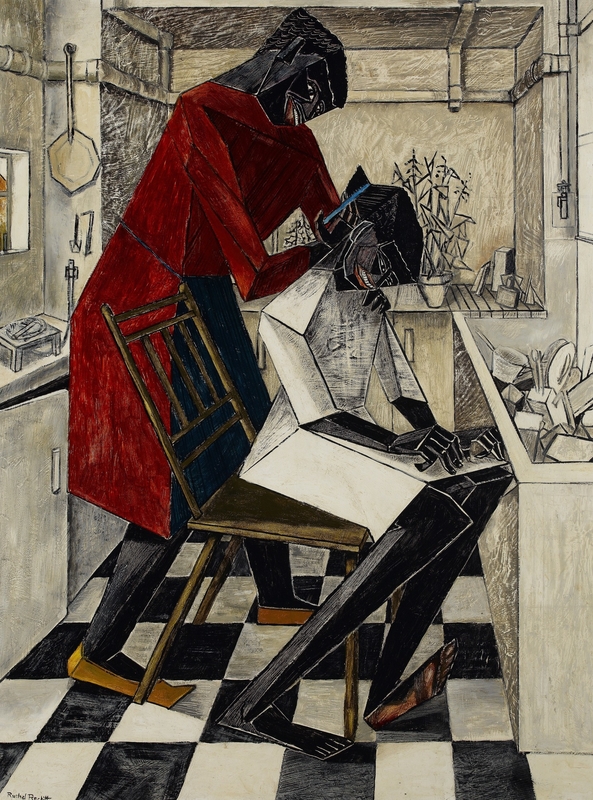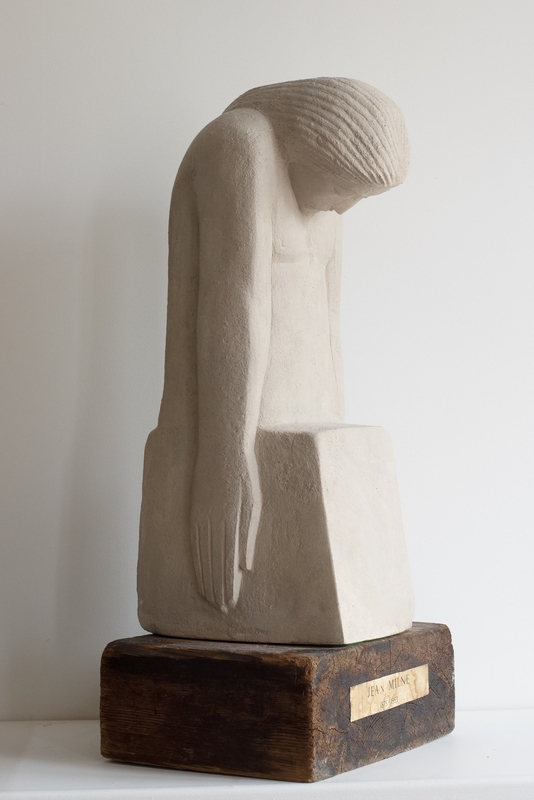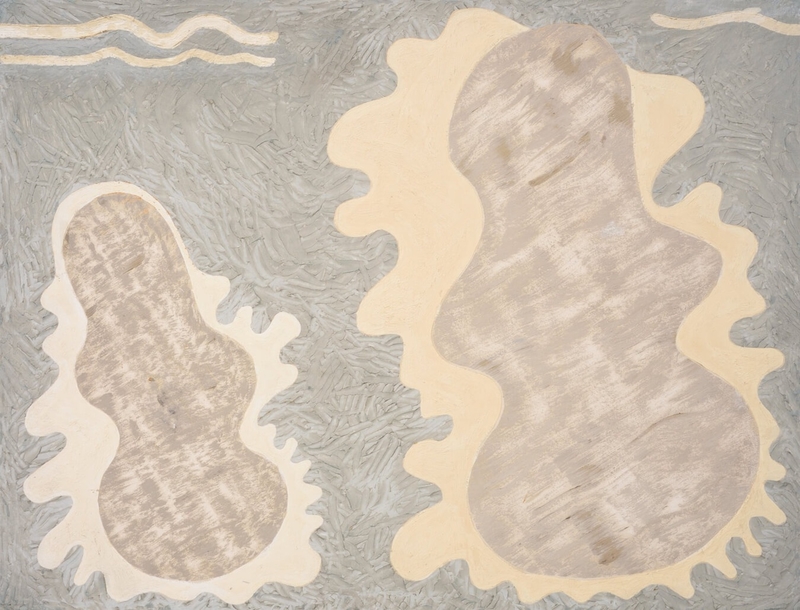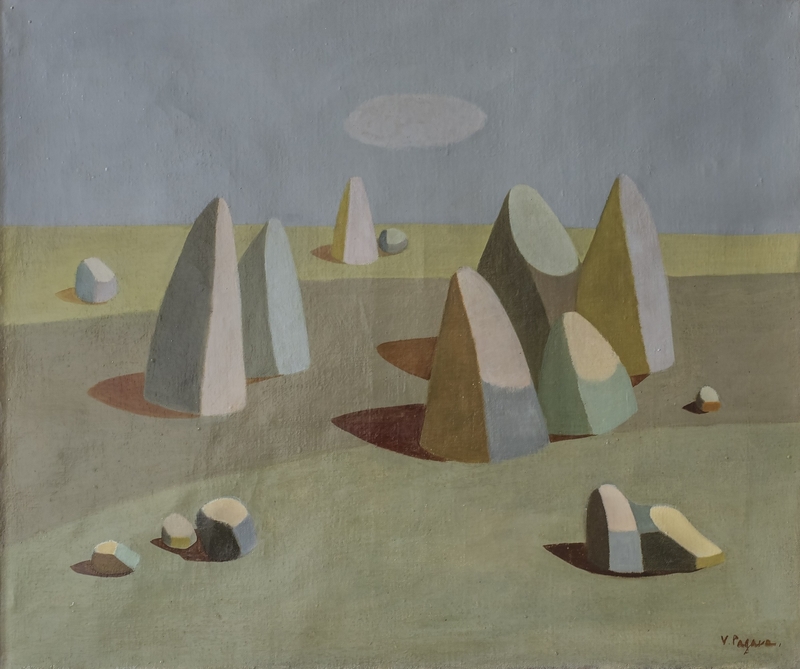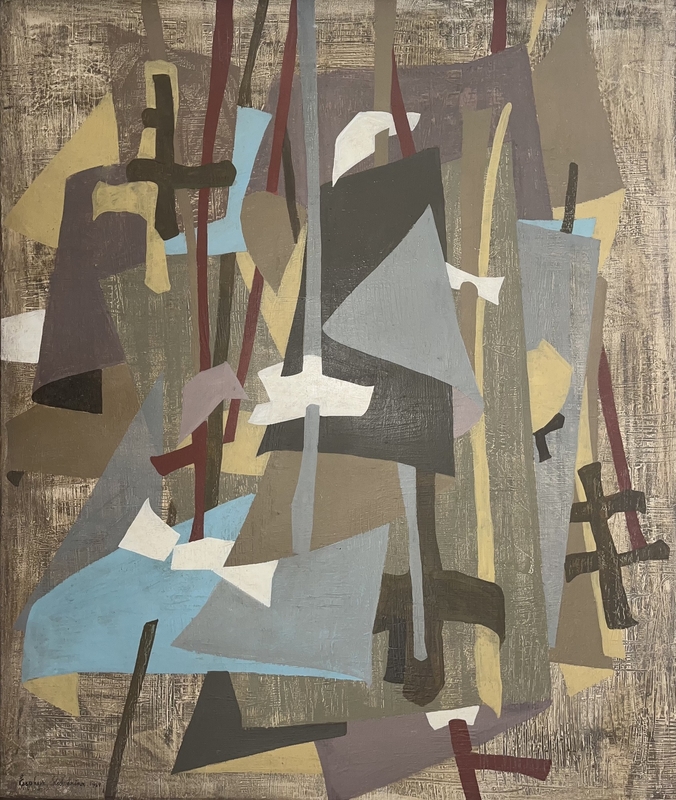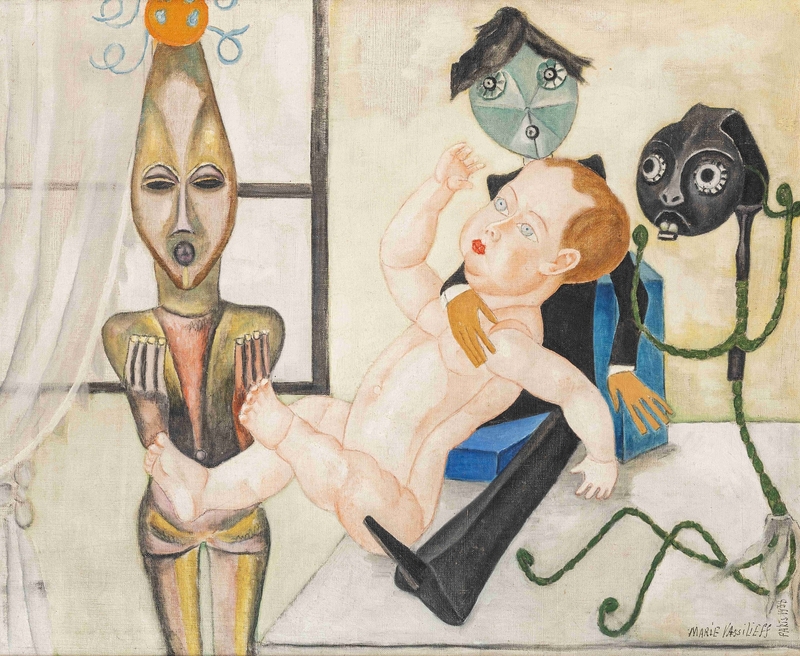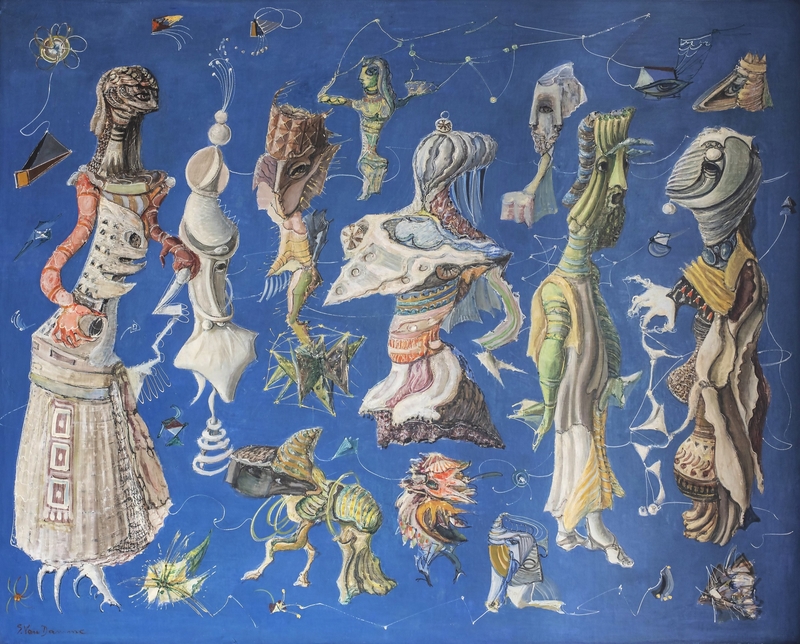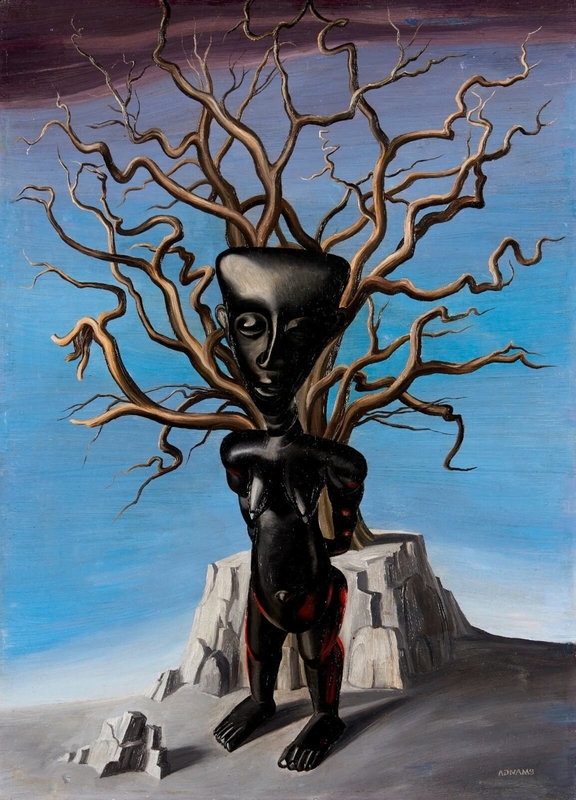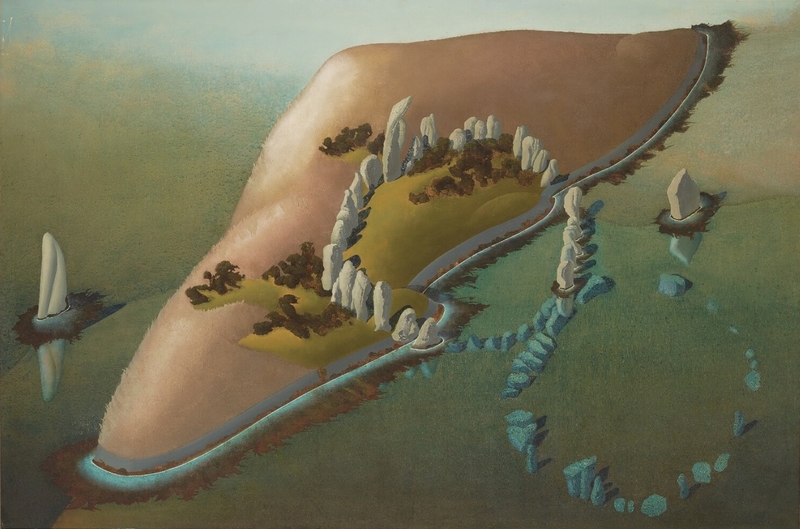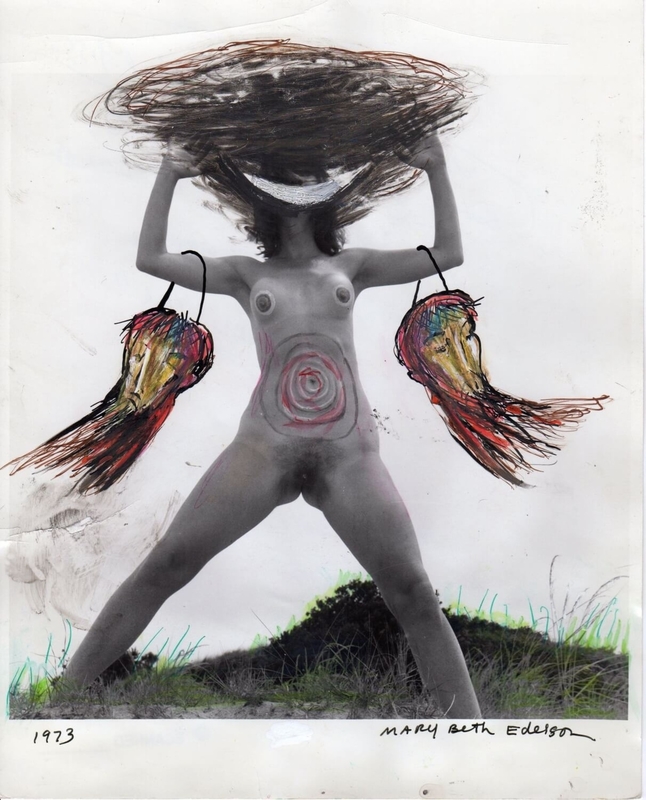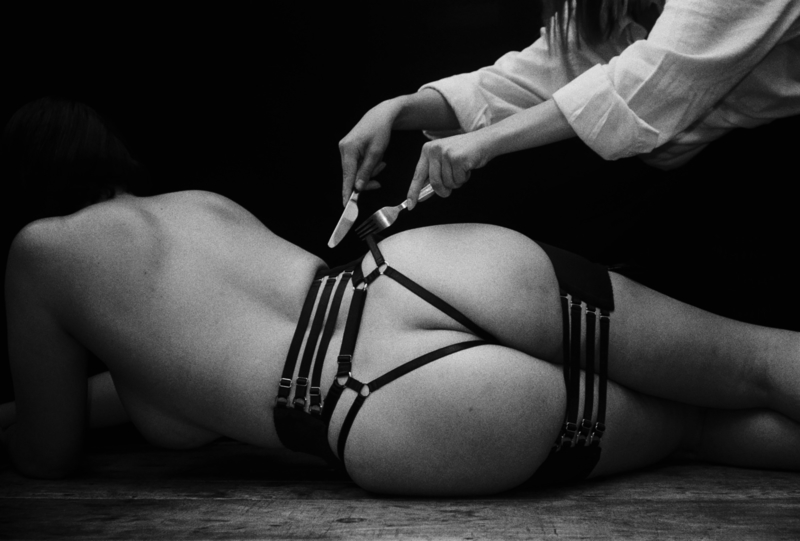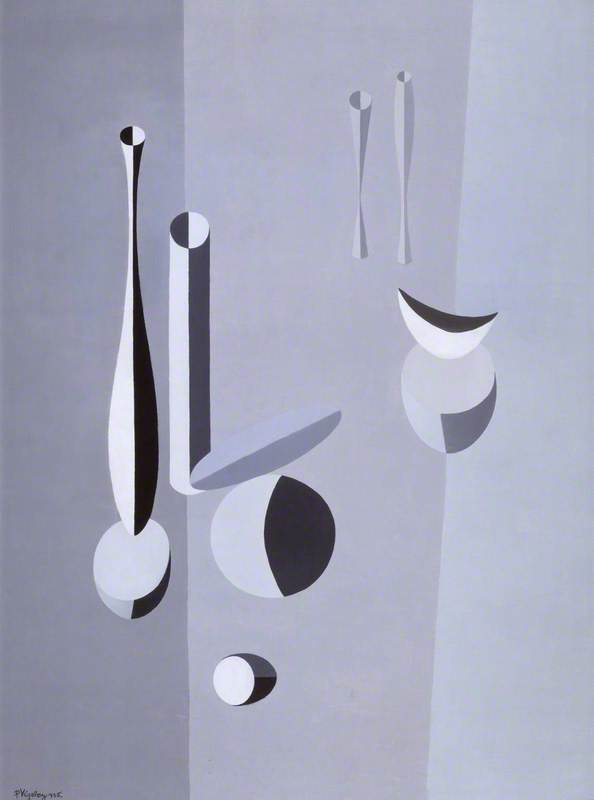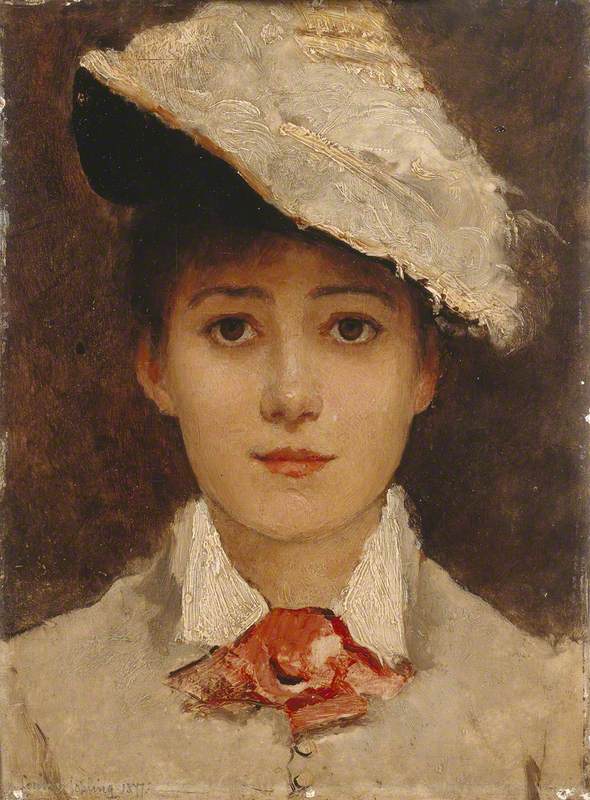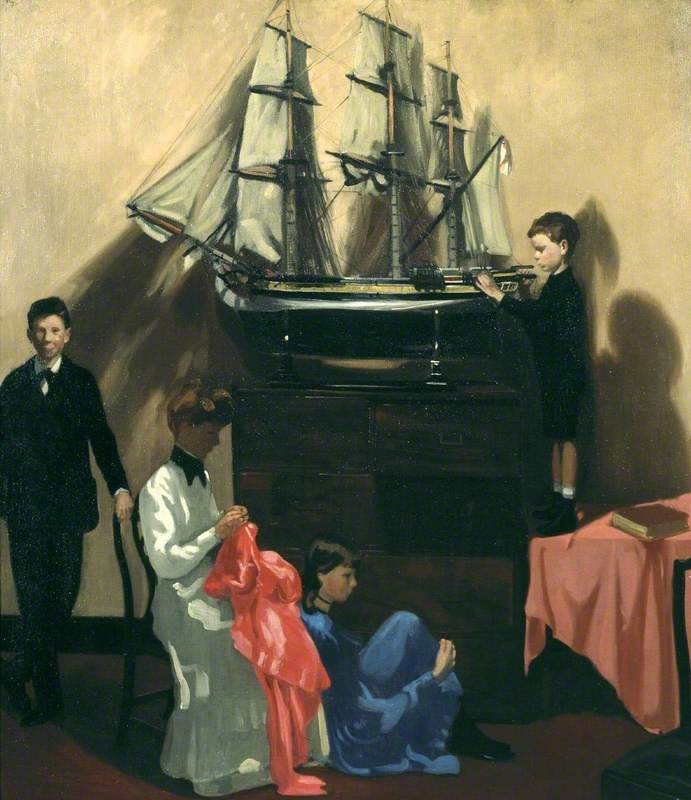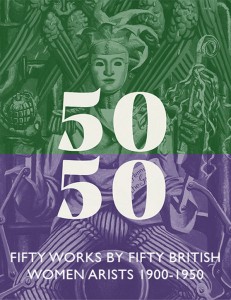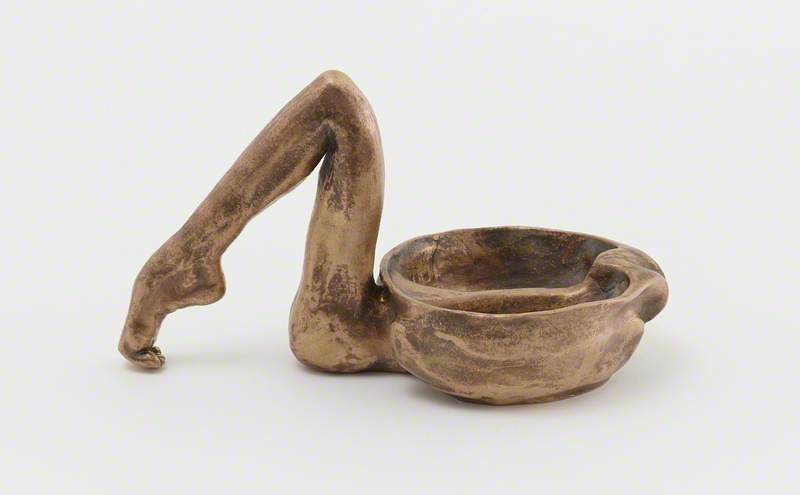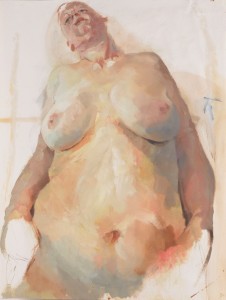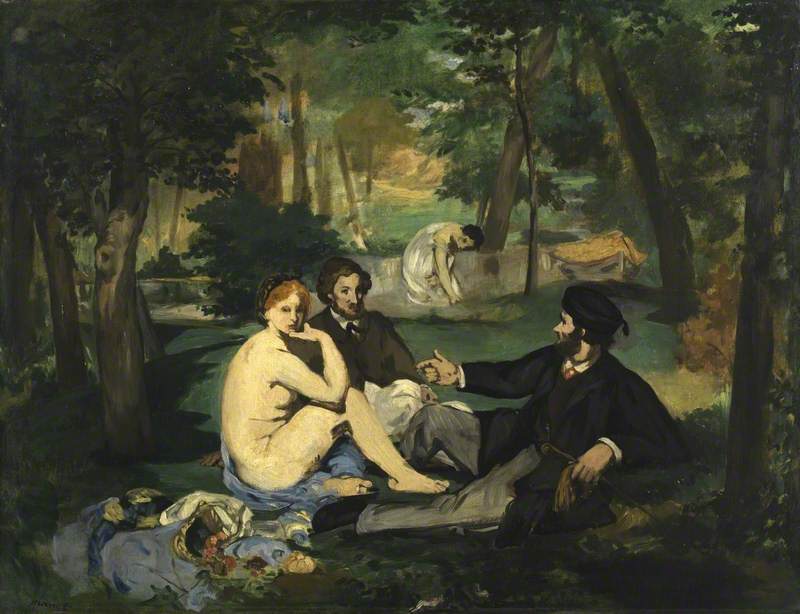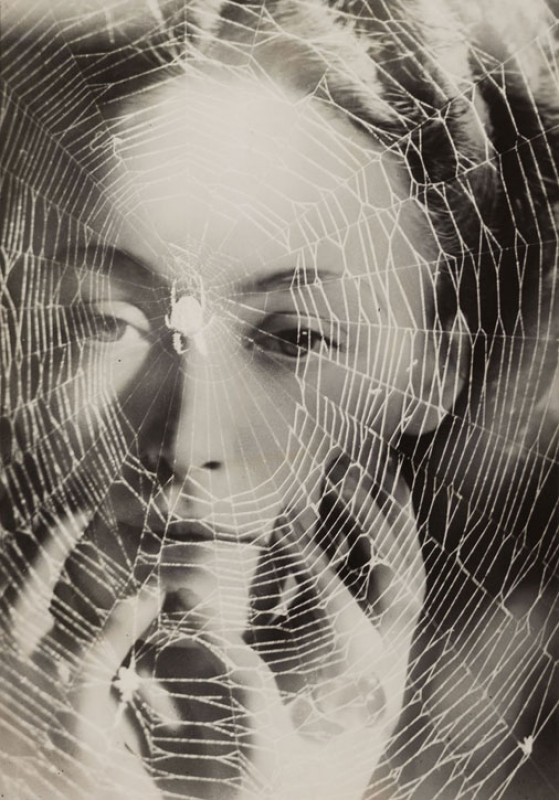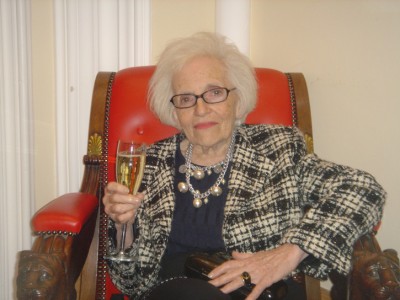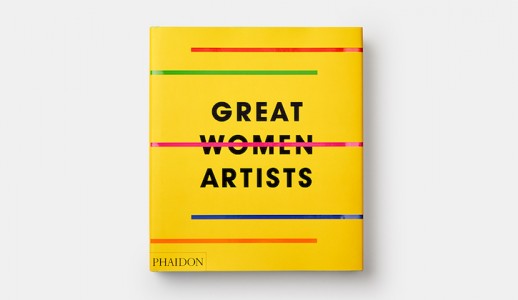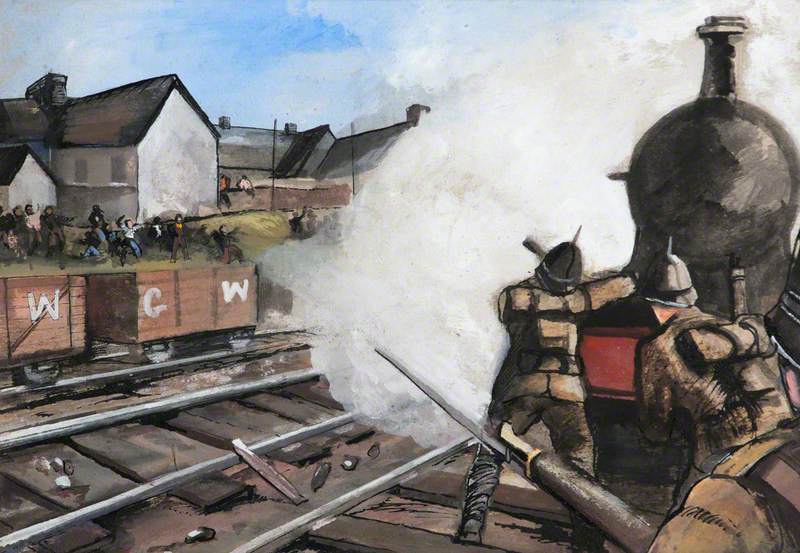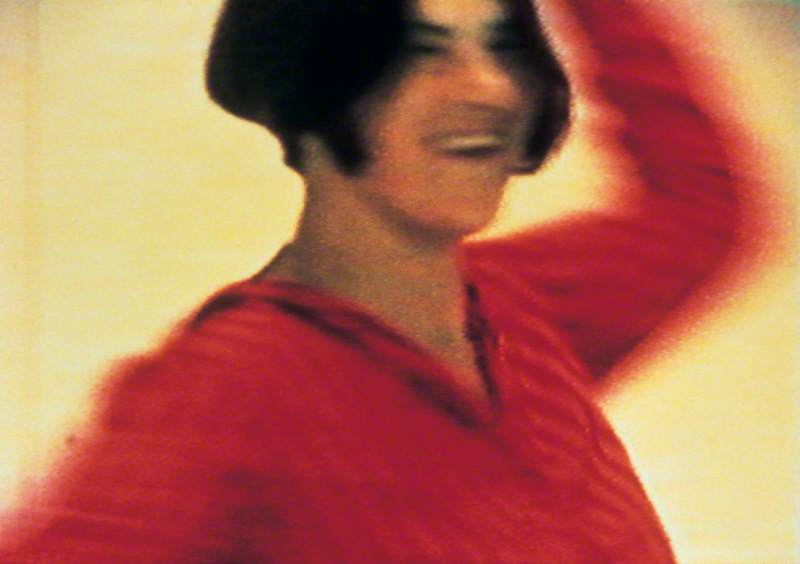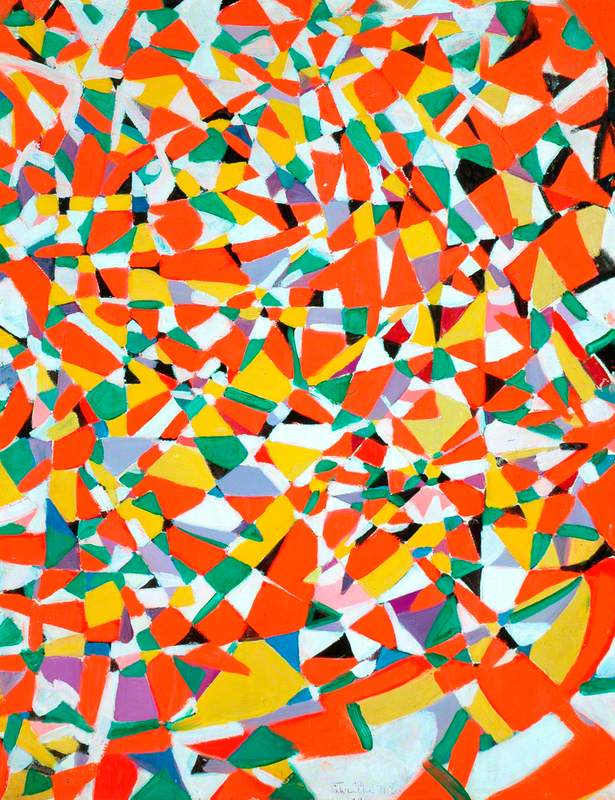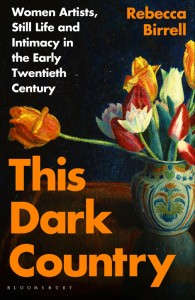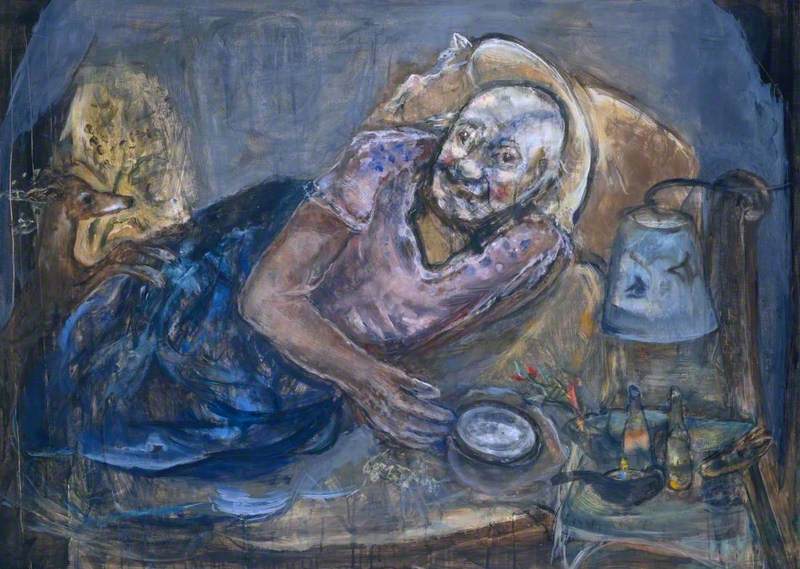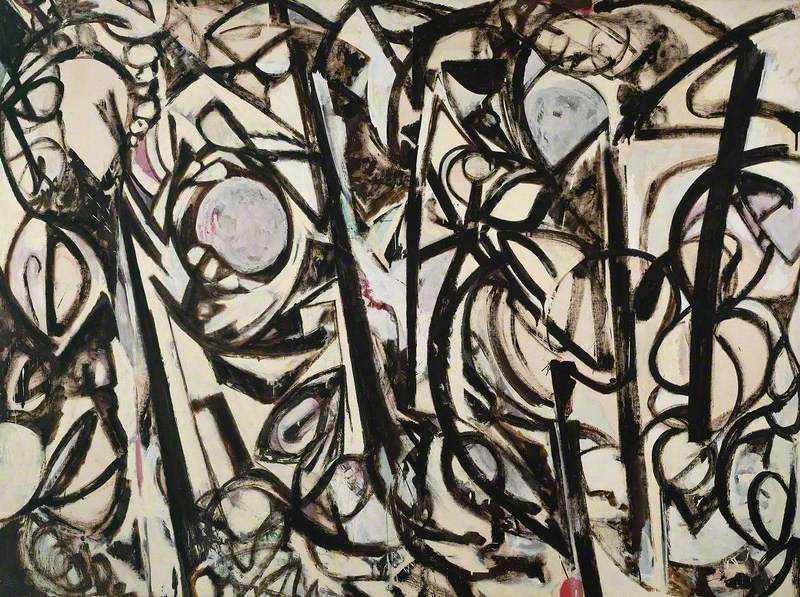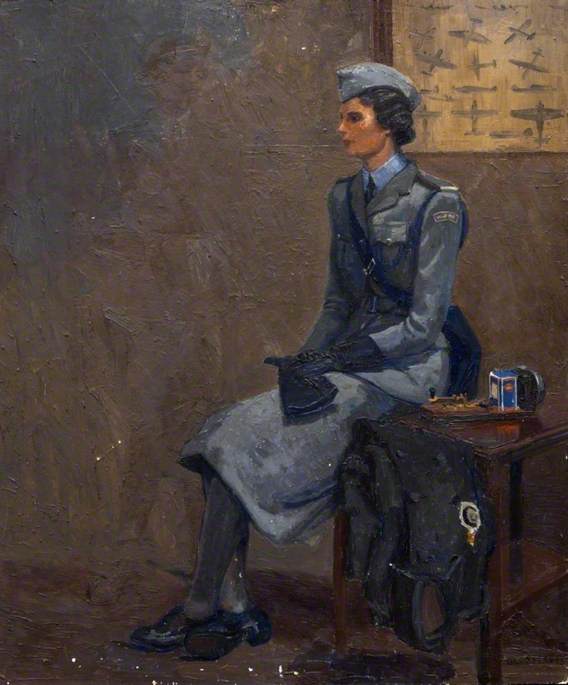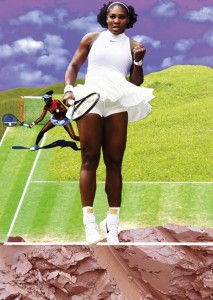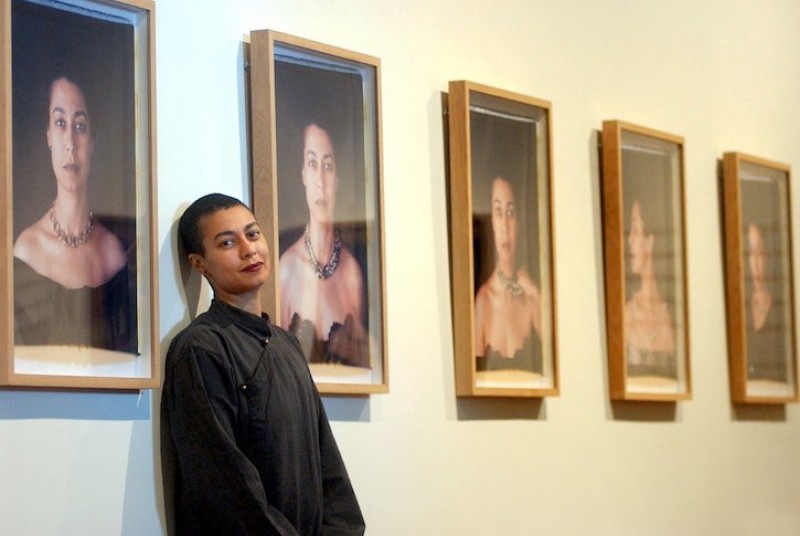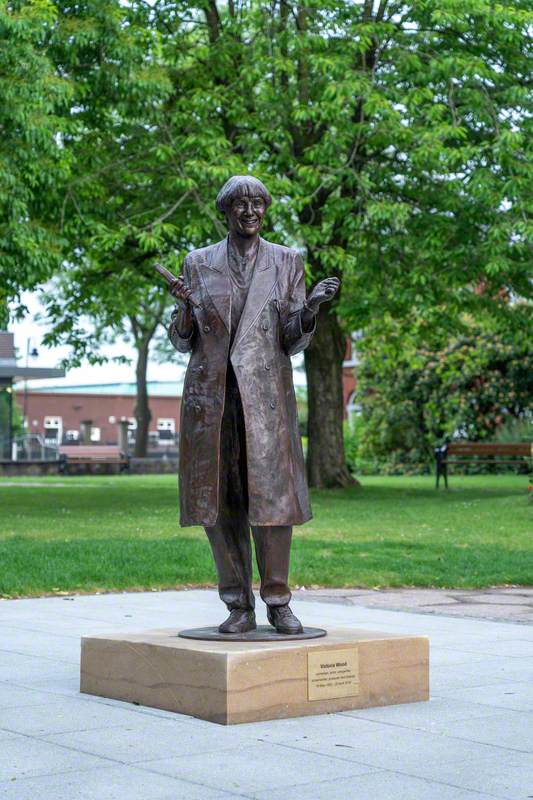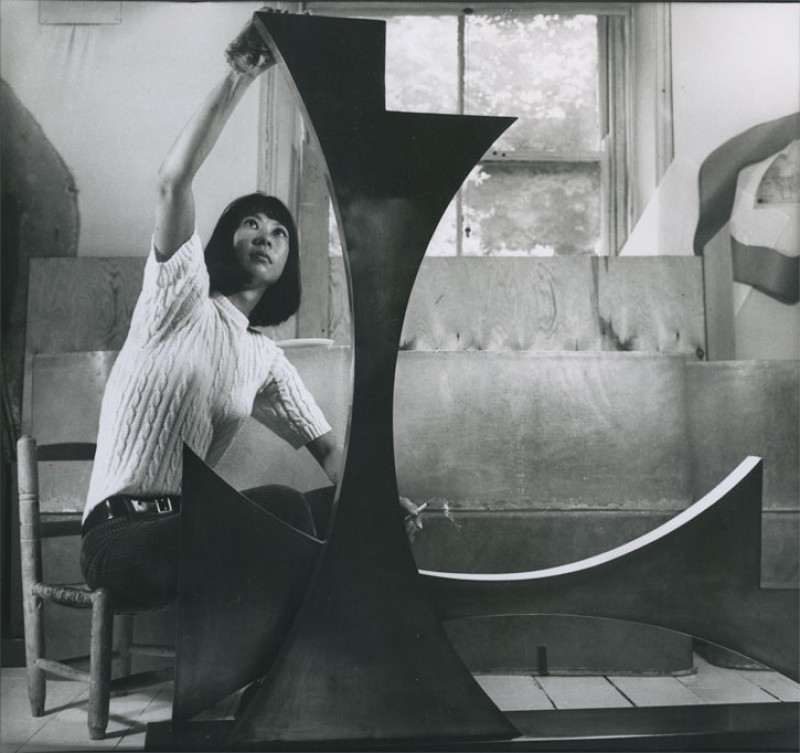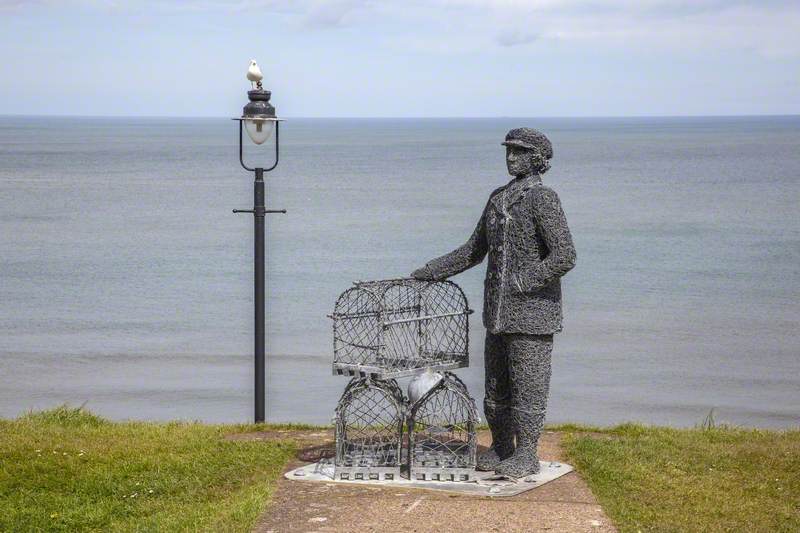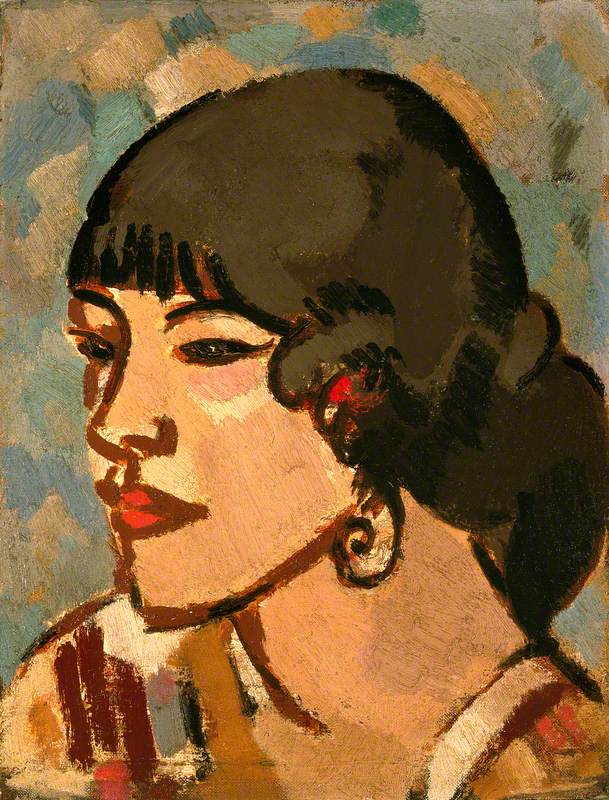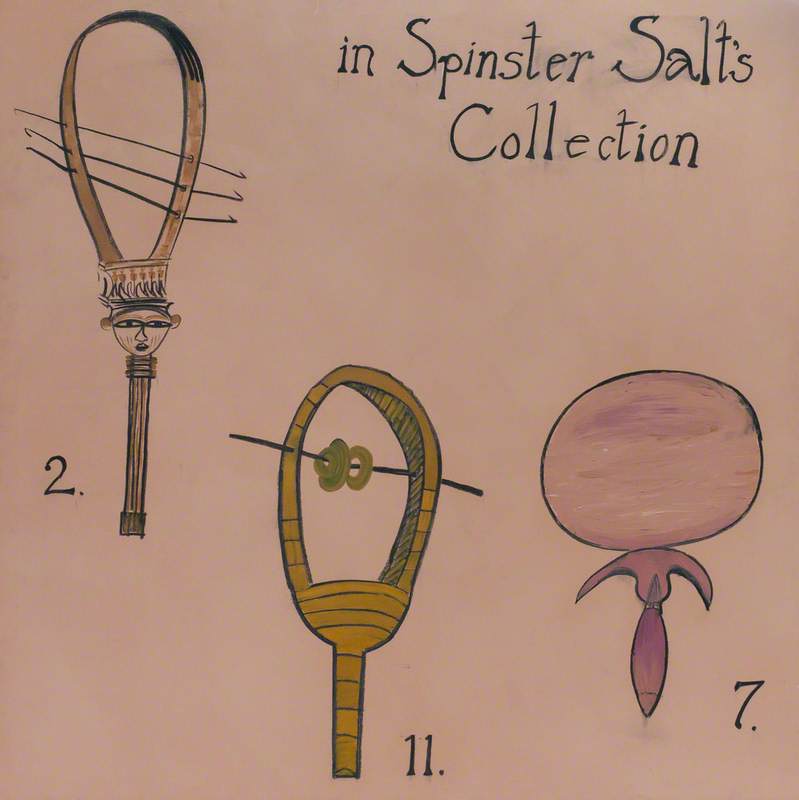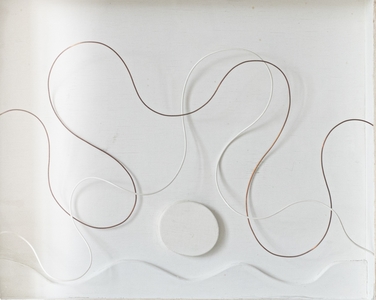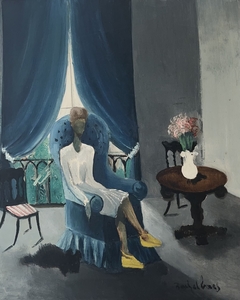RAW (Rediscovering Art by Women) is an independent European platform which promotes research into women artists – including non-binary and trans artists – through collaborations with museums and educational institutions.
RAW was founded in 2022 by Sacha Llewellyn, award-winning writer and curator of the RAW collection of twentieth-century art by radical women, assembled over 30 years. Based upon a belief that too many women artists have been set apart from their male counterparts to the detriment of art history, RAW's aim is to gain greater visibility for marginalised artists and to celebrate their power. By reinserting these lost voices into the art historical narrative, RAW believes that a truer and more meaningful account of our cultural heritage can be achieved.
Sacha Llewellyn
photograph by Anna Broujean, Club Sandwich Magazine 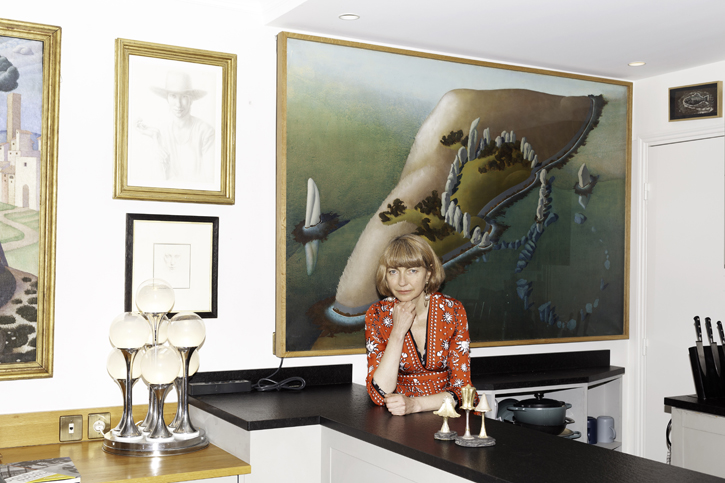
Sacha has written numerous books and catalogues, contributed many articles to the international press, collaborated with platforms such as Art UK and Bonhams auction house, has been interviewed on radio and television and has participated in conferences and symposiums. In 2017, she was awarded the William MB Berger Prize in art history. Along with RAW's co-curator, Maudji, Sacha believes that bringing these conversations into the mainstream and to wider audiences contributes to the essential process of reshaping art history as well as helping to nurture current and future generations of women artists. By giving past women a voice, RAW hopes to encourage feminist and radical artists of our own time to continue in the role of pushing boundaries and making a vital contribution to the ongoing narrative of a new history of art.
The RAW collection – which includes over 70 works so far – focuses on radical and feminist art from the early twentieth century to the present day, with an emphasis on women's contributions to major artistic movements, such as Cubism, Abstraction, Surrealism and Social Realism – as well as art of the two World Wars and contemporary feminist art. The collection includes works that challenged – and continue to challenge – the art establishment from both the inside and the outside. For the purpose of this feature, we will shine the spotlight on a few key works.
A Glaring Demon (blue and yellow) from 'Devils in Diverse Shapes'
1906
Marion Wallace Dunlop (1864–1942) 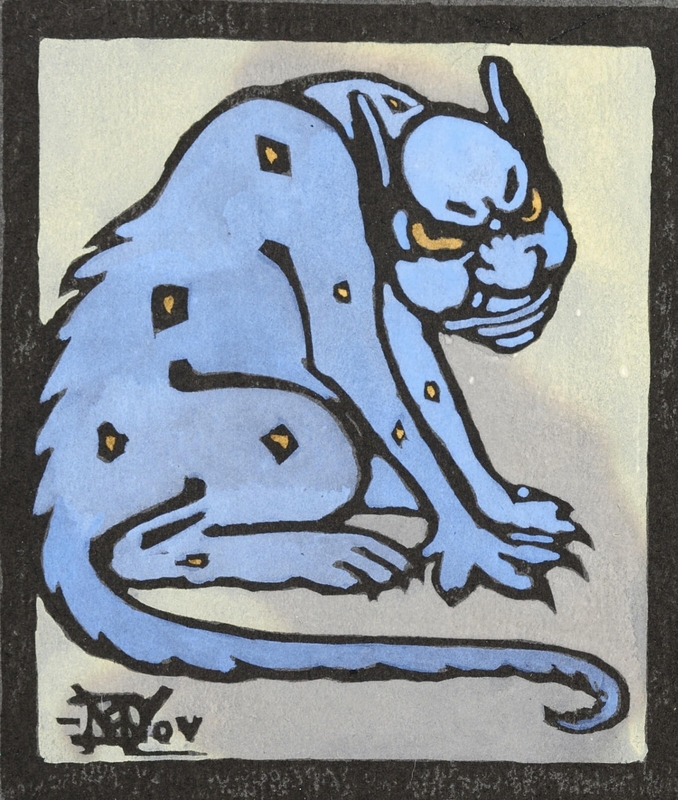
One of RAW's earliest pictures is A Glaring Demon (blue and yellow) (1906) by Marion Wallace Dunlop, from her series 'Devils in Diverse Shapes'. Unapologetically menacing and emotive, the Glaring Demon stems from an energy that conceived daring protests for women's rights; as an artist and suffragette working alongside the Pankhursts, Wallace Dunlop led the first hunger strike campaign in 1909, and designed numerous placards and banners for the cause.
Created 14 years later, Winifred Knights' cartoon for The Deluge is a lament for the First World War – the terrified figures (herself included) flee in vain from rising floodwaters. With the finished oil painting, she became the first woman to win the Prix de Rome scholarship in Decorative Painting in 1920. The work is now a prized highlight of the Tate collection.
Jean Milne's Woman with Pigtail (1914) is an outstanding example of the English direct carving revival more commonly associated with younger male artists Eric Gill (1882–1940) and Jacob Epstein (1880–1959). This begs the question: to what extent has a key practitioner of the movement been ignored?
Abstraction – one of the twentieth century's defining inventions – is represented by Two Forms (1936) by Jessica Dismorr. Her credentials as a 'radical' were burnished when she took part in the Vorticist movement before the First World War and was only one of seven women included in 'Die Olympiade onder Dictatuur' in Amsterdam in 1936, an international show designed to counter the Nazi propaganda minister Josef Goebbels' efforts to condemn Modernism.
Other dazzling abstract works in the collection include Les pierres (1936) by Vera Pagava, Lines in Space, No. 42 by Paule Vézelay and Abstract Composition by Esphyr Slobodkina (both 1964).
Marie Vassilieff's work evolved from her early Cubist style towards a kind of primitivism from the 1920s, with rounded forms and softened colours influenced by loubok art. Poupées (1938) can be read as a confrontation between the African continent and the Western world, juxtaposing a child's universe and modernism, reality and imagination, and art and craftsmanship.
Surrealism, officially consecrated in 1924 by André Breton, provides a particular area of focus for the RAW collection, with many outstanding examples including two from 1943 by underrated but important Belgian surrealists, Rachel Baes and Suzanne van Damme.
Only a few years later, Derby-born surrealist Marion Adnams painted Medusa Grown Old (1947), in which an ancient Gorgon, who presides over a barren rock and blasted bough, ushers in the stricken legacy of the post-war world.
Ithell Colqhoun's La cathédrale engloutie (1950) is especially characteristic of the movement in its fusion of a convulsive landscape with an evocation of pagan mythology.
Penny for the Guy – The Thought That All War Is Caused by the Faceless Money Men of the City
1940
Gladys Hynes (1888–1958) 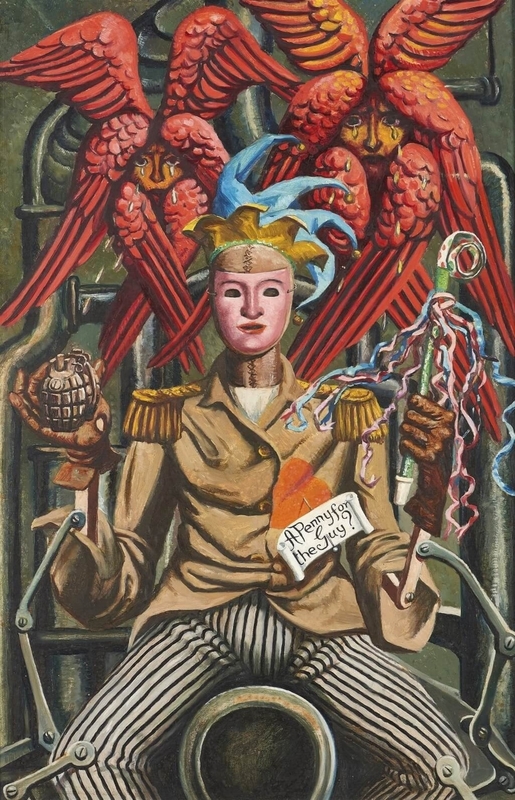
A later Surrealist work is L'attelage effrayé par un Oiseau, by overlooked collage artist and daughter of André Breton and Jacqueline Lamba, Aube Elléouët Breton. Dating to the 1970s, the work demonstrates that Surrealism's second generation retained the same ability to create striking motifs to rival those found in earlier incarnations.
Gladys Hynes' A Penny for the Guy (1940) shows how Social Realism was still a valid currency in the mid-twentieth century. Powerful and harrowing, the work – which dates to the onset of the Second World War – is a comment on mass destruction caused by industrialism and mechanised warfare. It vocalises an anti-capitalist and pacifist sentiment which still resonates today.
The post-war women's liberation movement is represented by Mary Beth Edelson's provocative Patriarchal Piss: Swing in the Wind (1973), a photographic naked self-portrait of the artist performing private spiritual rituals with symbols evoking ancient goddesses, archetypes, talismans and fantastical creatures drawn over the image. Edelson's entire heroic career was preoccupied with the fight for gender equality and social justice.
While the collection is focused on twentieth-century women artists, RAW is leading a mission – through acquisition, research and sponsorship – to support up-and-coming contemporary artists addressing the feminist issues of today, with a special focus on LGBTQIA+ and other suppressed voices.
In 2023, we will publish our first photo-book with an accompanying touring exhibition by photographic fine-art artist Anna Sampson (b.1993), whose work seeks to explore the complex and multifaceted topic of sexuality and investigates the interplay of queerness, fetishism, performance and sedition, with a particular focus on marginalised sexualities.
Our hope is to continue an open discourse on how the most silenced and censored artists are the ones that have the potential to shape our futures in the most significant ways: in the words of Anna Sampson, 'art, fuelled by emotions and experience, is essential for lasting social and political change.'
Maudji, co-curator of the Rediscovering Art by Women collection
